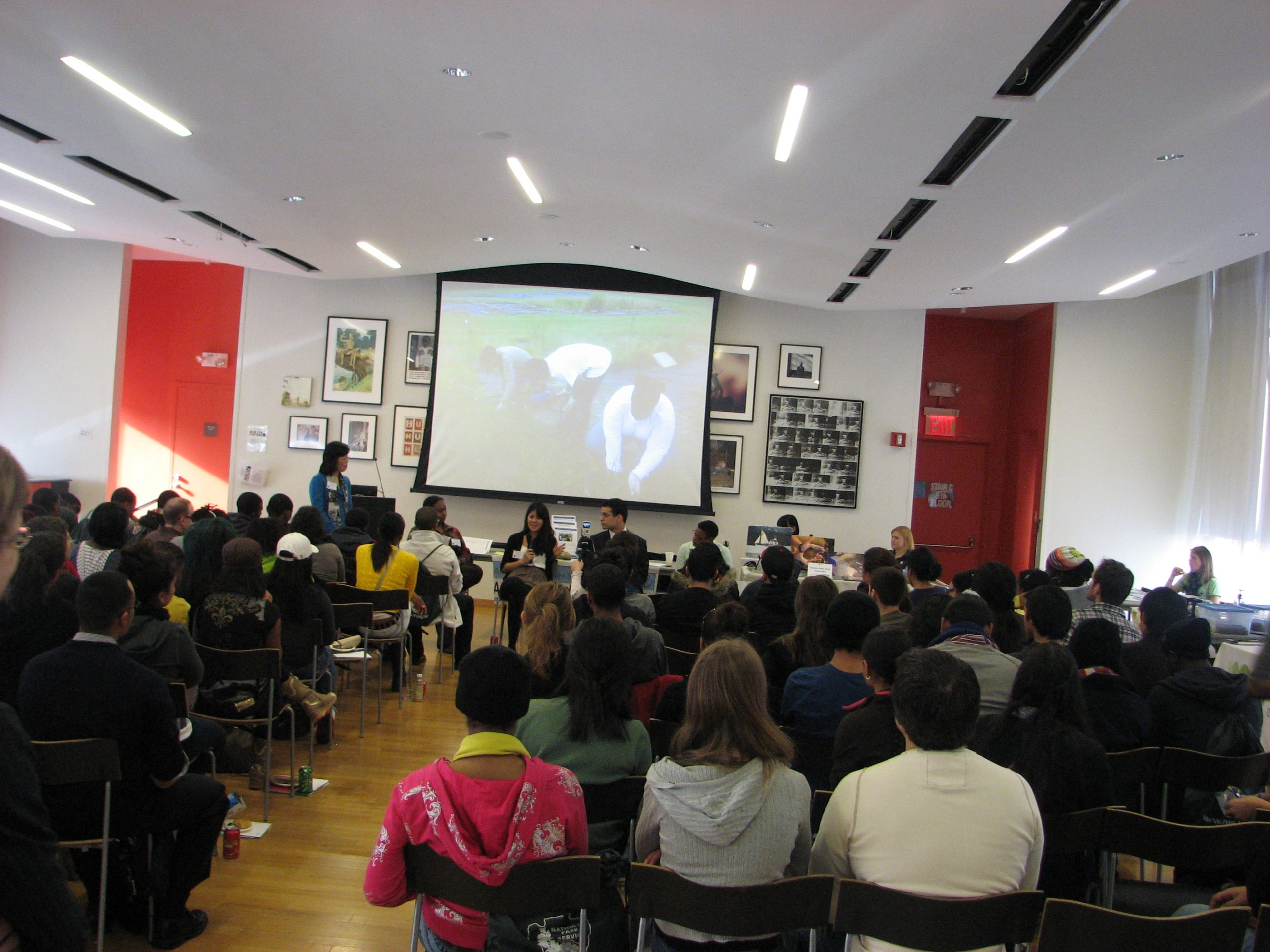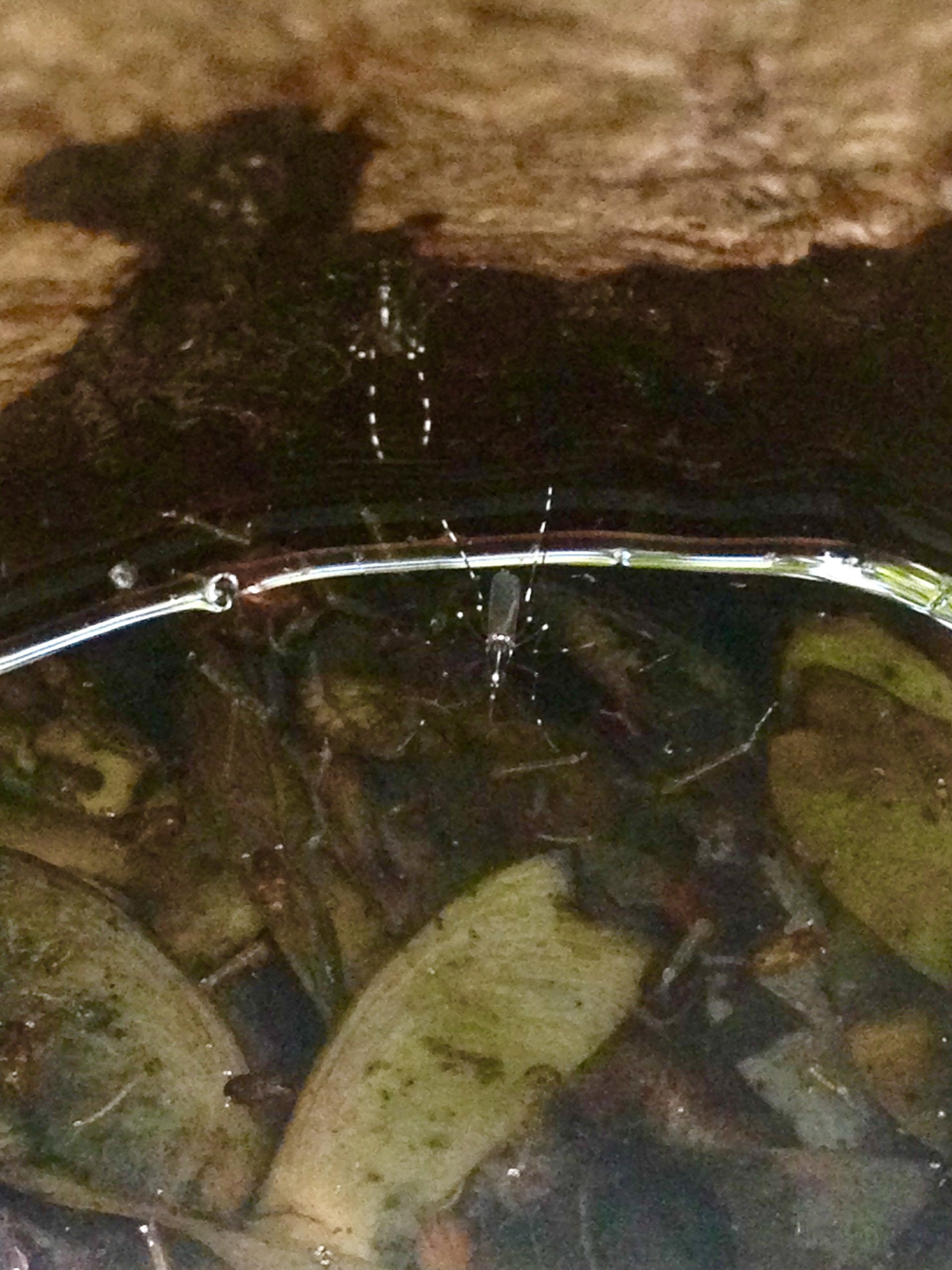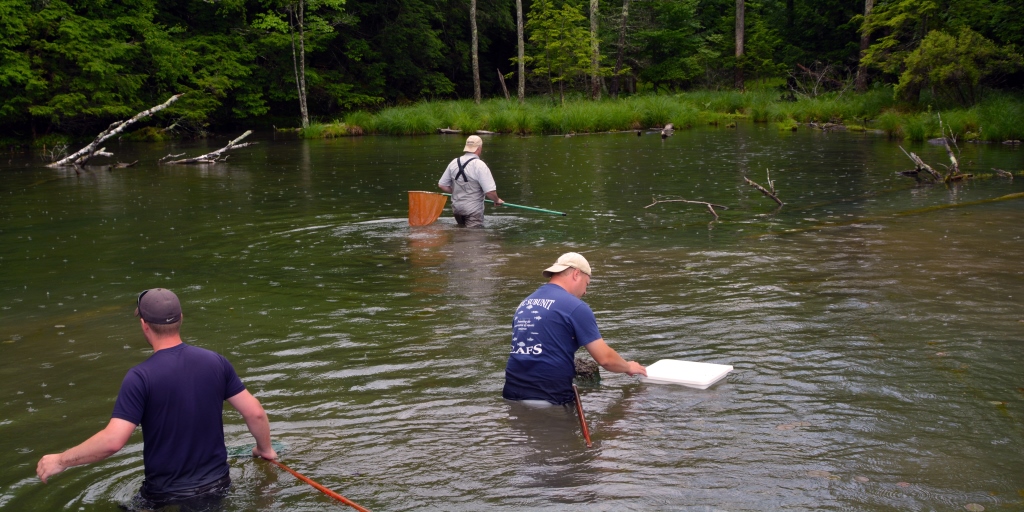
Brown faces, urban places and green spaces: achieving diversity in environmental fields
The Organization for Economic Co-operation and Development’s 2009 Programme for the International Student Assessment results showed the United States ranking 19th in math and 14th in science out of 31 countries. Following this news, President Obama announced a $250 million proposal to increase funding for science, technology, engineering and mathematics (STEM) education. As he stated in his budget message, “In…

